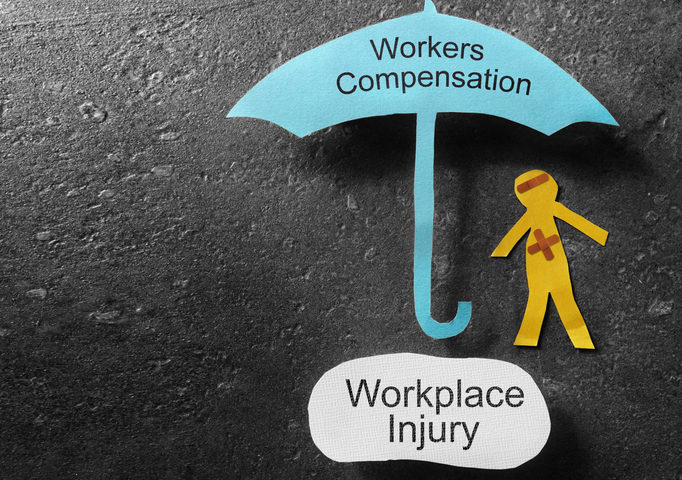
4 Tips for Decreasing Employee Injury Rates
August 7, 2019
Physical Therapists and Employers: 4 Warning Signs of Employee Overexertion
September 13, 2019A proactive approach with safety in the workplace can be effective to reduce the Workers’ Compensation costs your company is carrying. But even if you are careful with employee training and safety protocols, there is still a risk that Workers’ Compensation cases will come up.
Resolving Workers’ Compensation Claims
Sometimes these claims resolve quickly. But often times, these cases drag on… increasing the overall costs with time. For example, a seemingly straightforward case can take on a life of its own or just won’t close for one reason or another.
Here are a few tips to help you wrap up the claim and reduce the overall costs required for the case:
- Initial Treatment and Evaluation: The evaluation of the claim will rest upon the course of action taken after the injury occurred. It is important to have thorough, accurate medical paperwork regarding the initial treatment. Also, the employer should manage treatment and job responsibilities over time, until the employee is cleared to return to all work duties.
- Full Documentation: One major factor that slows down the process of closing a Workers’ Compensation file is improper documentation or information. Not only do you need the records for the initial treatment and evaluation, but you might also need to provide information about personnel records, employee benefit information, safety protocols, safety equipment, post- offer/pre-hire testing results, training, and more. Provide the requested documentation as efficiently and quickly as possible to avoid holding up the case.
- Be Reasonable: It is likely that the claim will be blown out of proportion if you aren’t willing to work with the employee on key issues. It is valuable to support the physical capability testing of the employee – with a Functional Capacity Assessment (FCA) – that also identifies their Validity of Participation. This will assure the Employee and the Employer that the Employee is returning to work that is within their tested safe capability. It is a neutral and objective determination of the individual’s current physical capability. Sometimes, negotiation is required regarding the timeline for returning to work, medical treatments, or the value of a potential settlement. The FCA will give facts by which to work with in these issues. Digging in your heels on small issues will only drag out the proceedings and increase litigation costs for both parties.
- Minimize Further Injury: Focus on what the employee can do instead of getting caught up in what the employee can’t do. Sometimes, the person can return to work with adjusted job duties based on their skill level and functional abilities. Proper diagnosis, treatment, timely Functional Capacity testing and appropriate work accommodations should always be considered to avoid turning a short-term problem into a long-term medical issue.
At KEY Functional Assessments Network, we know it is important to be proactive with employee safety, not only to reduce your Workers’ Compensation costs but also to protect your team. Contact us today if you are looking for ways to implement pre-employment assessments and return to work assessments.


